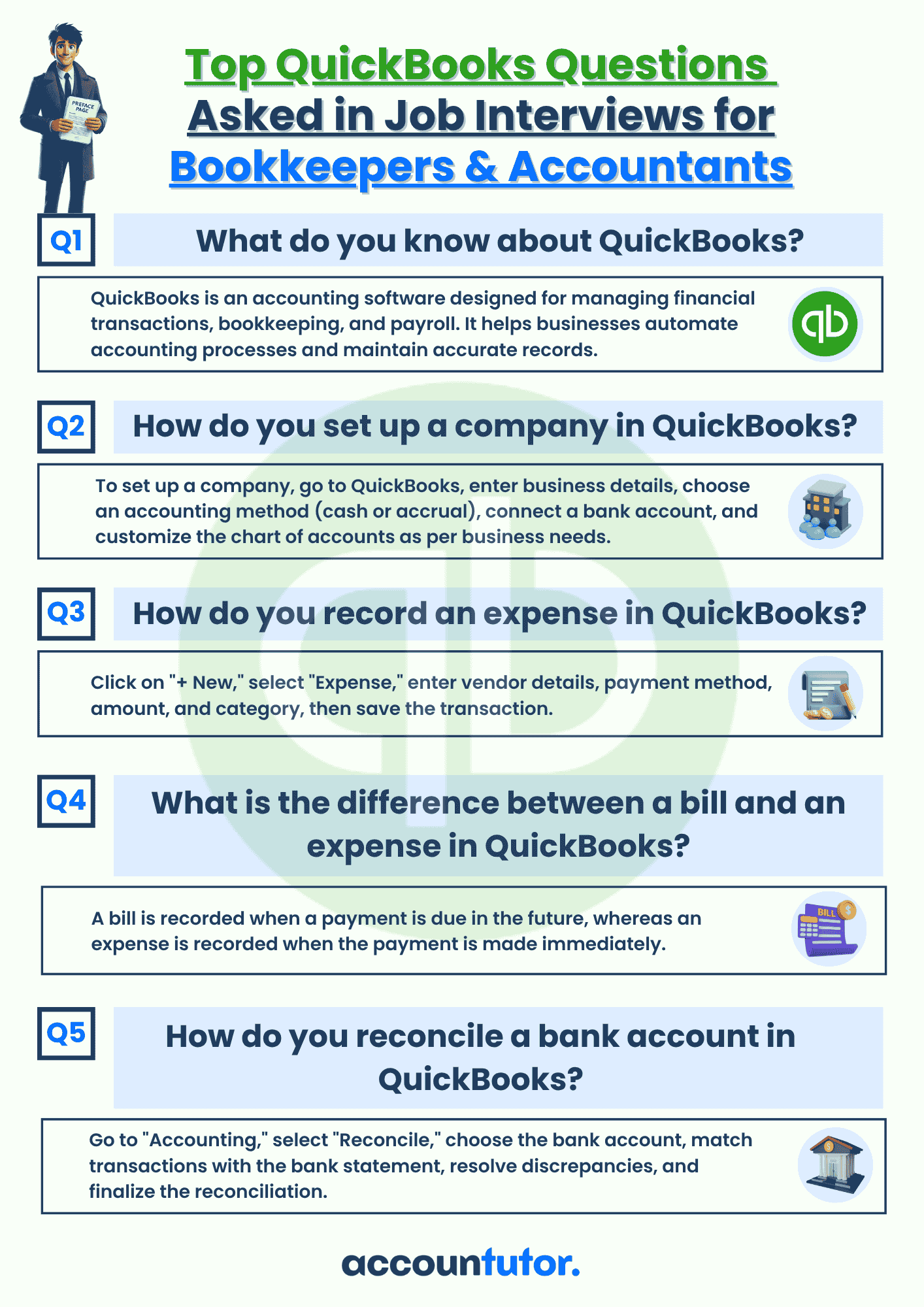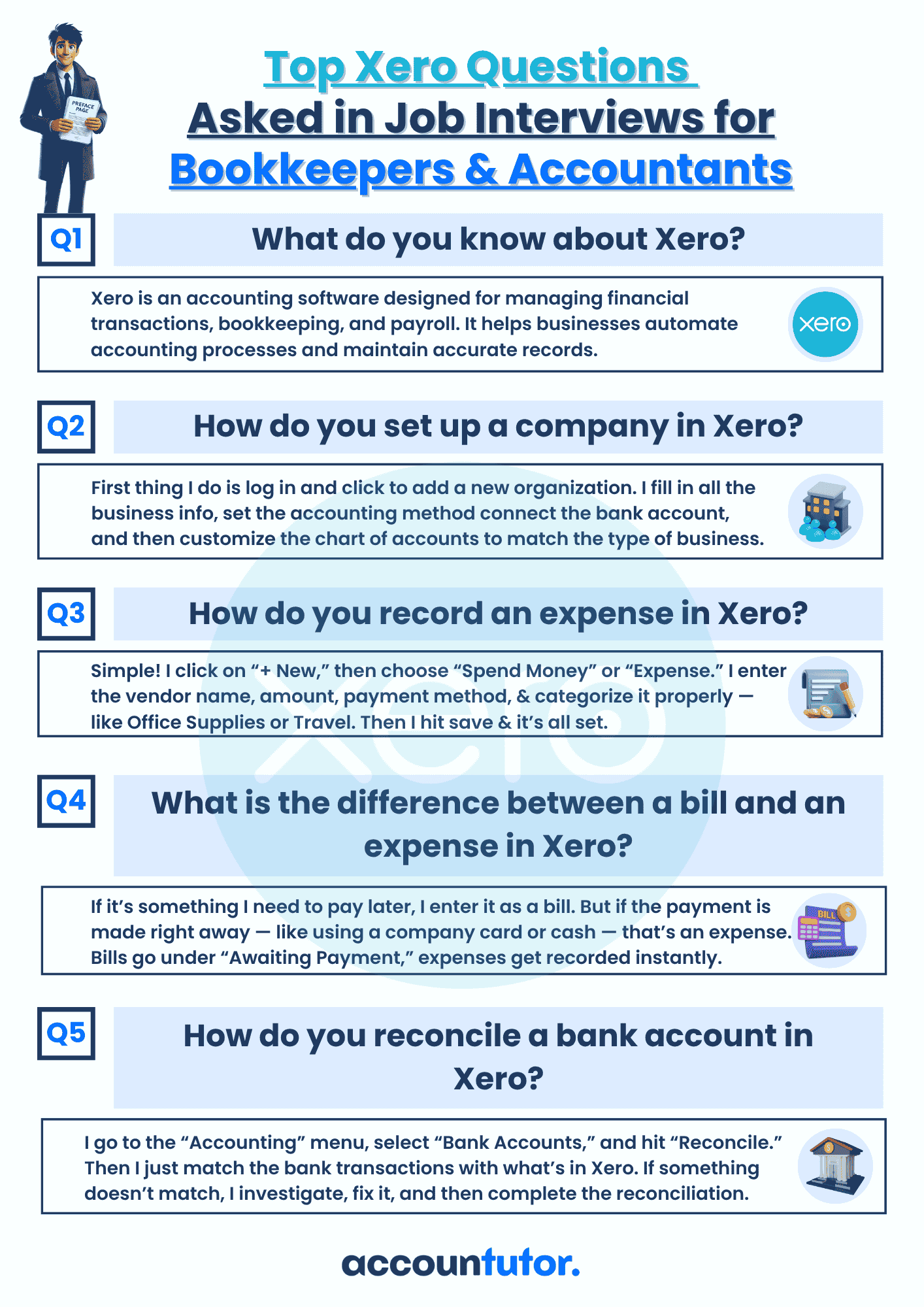Single-Entry
vs. Double-Entry Bookkeeping
-
Single-Entry Bookkeeping?
-
Double-Entry Bookkeeping?
-
Key Differences
What is Single-Entry
vs. Double-Entry Bookkeeping
“Single-entry bookkeeping records each transaction once, while double-entry bookkeeping records each transaction twice—once as a debit and once as a credit.”
Sounds like a mouthful, right? Don’t worry—we’re going to break it down so even complete beginners can understand the difference.
1. What is Single-Entry Bookkeeping?
Single-entry bookkeeping is the
simplest form of bookkeeping. In this method, each transaction is recorded
only once—either as income or expense. It works just like keeping a
personal checkbook. For example, if you receive cash from a customer, you
simply record it as income. If you buy office supplies, you record it as an
expense.
This method is often used by very small businesses, freelancers, or solo entrepreneurs who have limited transactions and don’t need detailed financial tracking. However, it doesn’t track assets and liabilities well and isn’t suitable for growing businesses.
2. What is Double-Entry Bookkeeping?
3. Key Differences in a Nutshell
- Single-entry is like tracking money in and out—simple, quick, but limited.
- Double-entry is like having a mirror for every transaction—accurate, complete, and balanced.
- Single-entry is good for small, low-volume businesses.
- Double-entry is ideal for growing businesses or anyone who needs reliable financial records.
Think of it like this:
Single-entry is a notebook. Double-entry is a spreadsheet with built-in checks and balances.
Key Takeaways
✅ Double-entry bookkeeping records every transaction twice (debit and credit).
✅ Double-entry ensures the books always stay balanced using the accounting equation.
✅ Single-entry is simpler but less reliable; double-entry is more detailed and accurate.
✅ Most businesses use double-entry for better reporting and control.
Access all Accounting and Bookkeeping Courses from One Portal.
Mastering Bookkeeping and Accounting
QuickBooks Online For Bookkeepers
Xero Accounting For Bookkeepers
ChatGpt for Bookkeepers and Accountants
Subscribe to our newsletter
Policy Pages

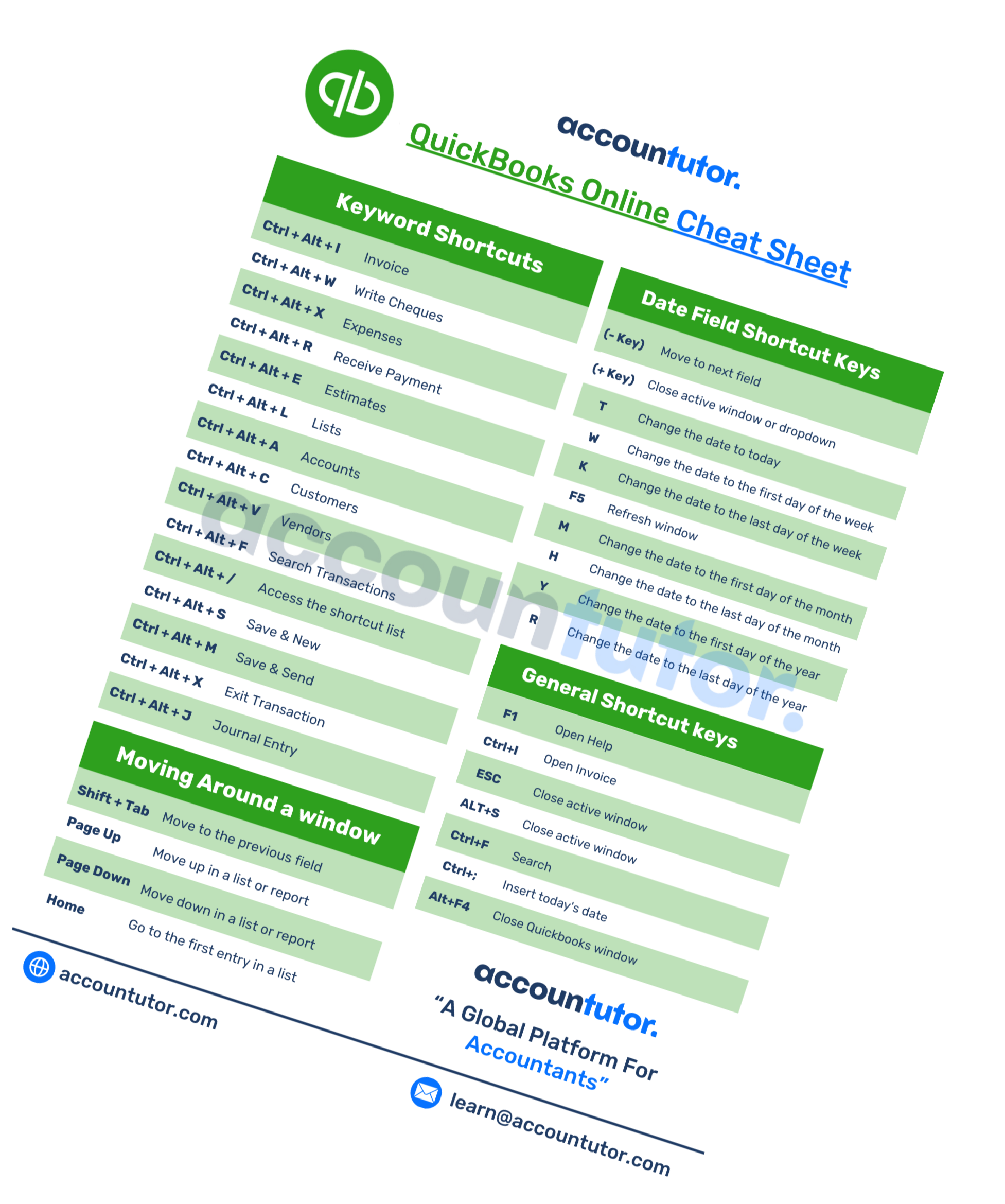

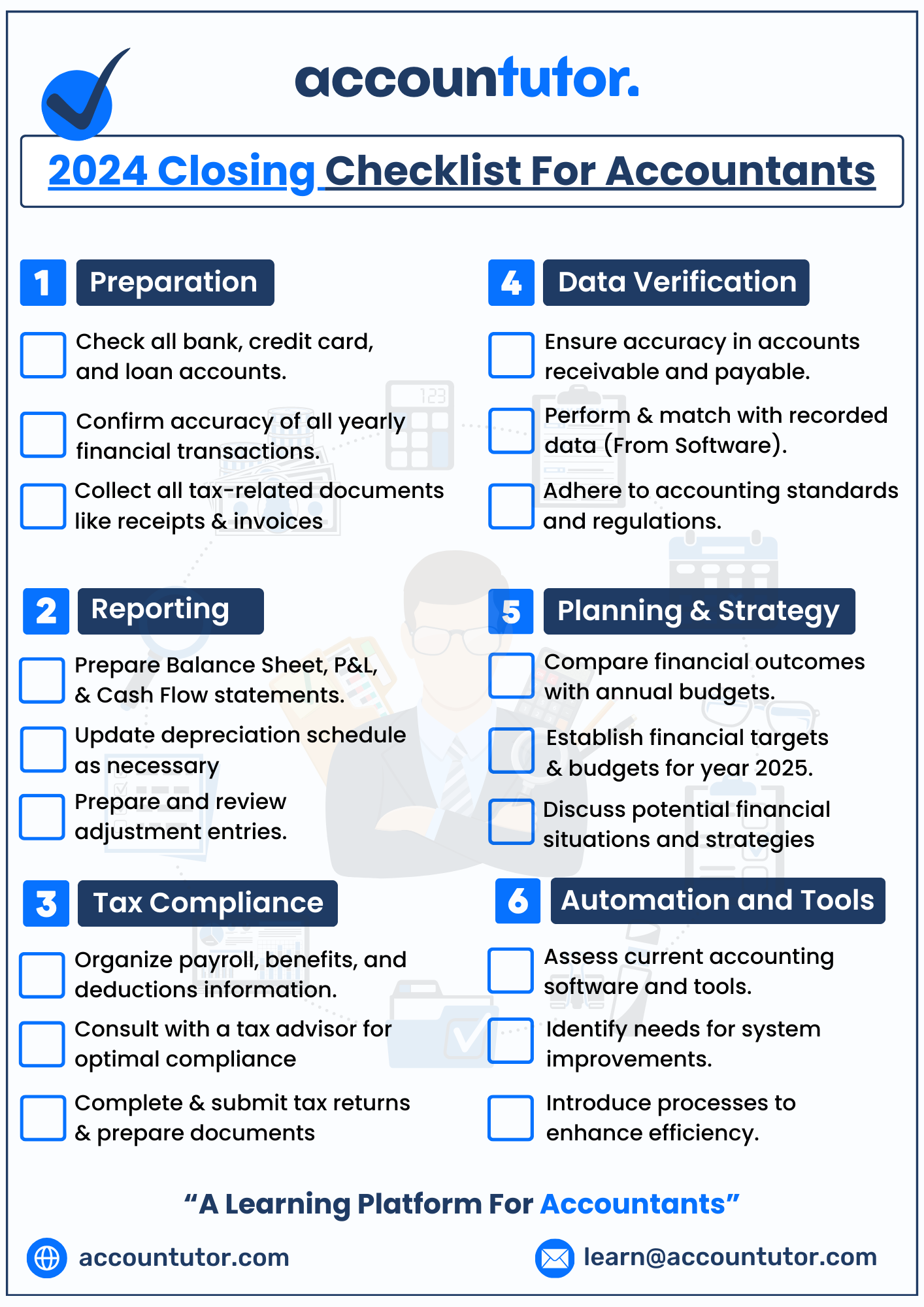
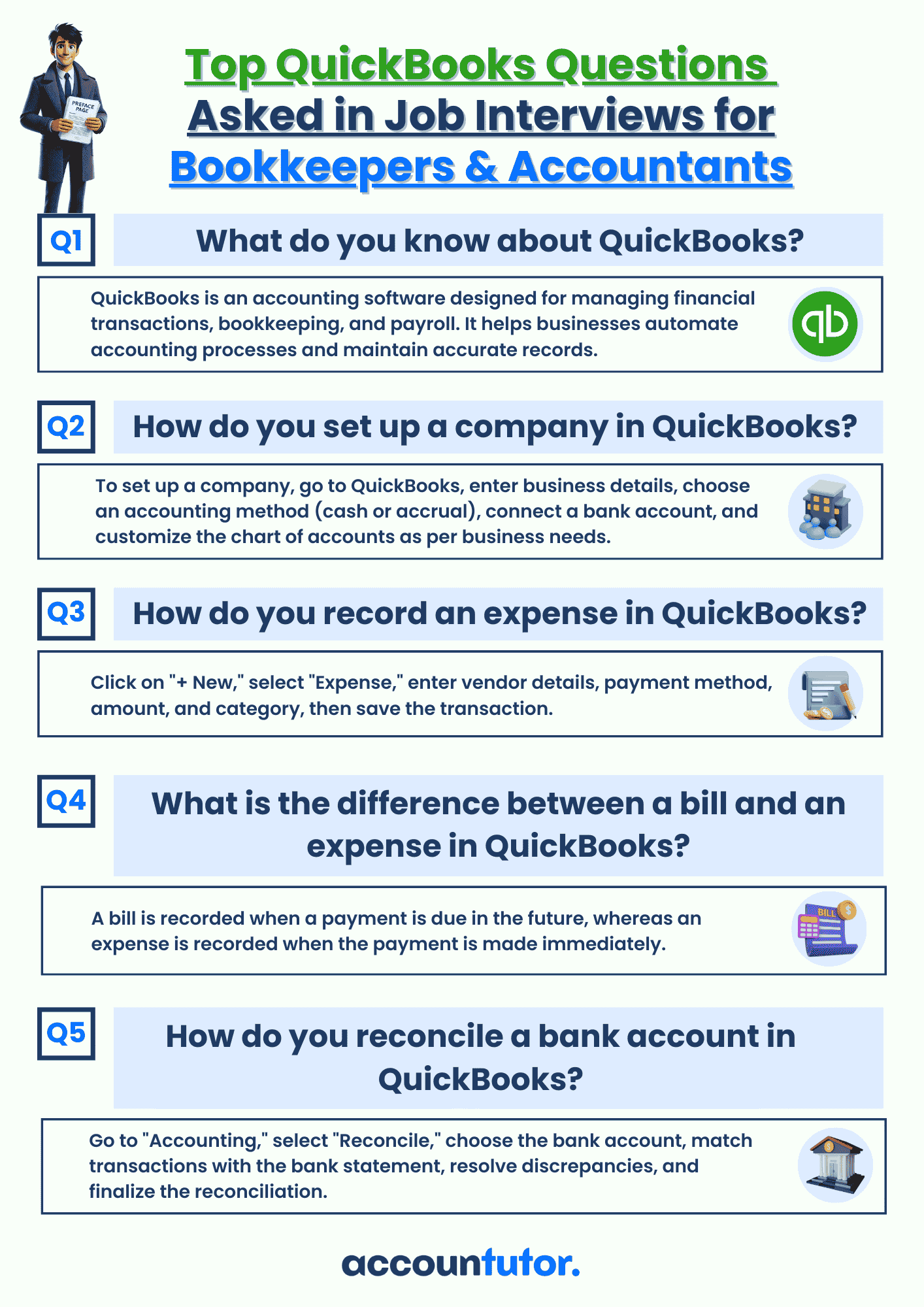
Register for this webinar: How to Master QuickBooks Online— Without Feeling Overwhelmed
